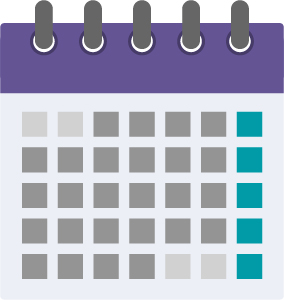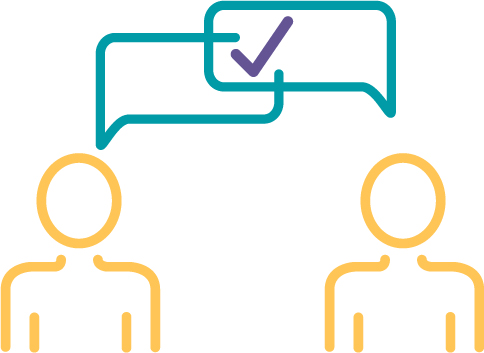The concept of reboarding isn’t new. It’s how HR brings an employee back to work after a prolonged period like maternity leave, sabbatical, or long-term disability.
What’s new is the sheer magnitude of people who will be returning. A study by Agility PR found that before the pandemic, companies reported about 13% of employees worked from home. Afterward, it jumped to 77%.
Also new, of course — mass anxiety, concerns for safety, worries about family care, and constant media coverage to name a few.
Employees are headed back to “business unusual,” so your reboarding strategy will need to reflect that. You’ll want to carefully and constantly communicate as they come back on board.

For all employees — build trust and set expectations.
- In a few communications over two weeks, tell them how you’ve prepared to keep them safe and what’s expected of them.
- Send a postcard home to reassure family members, too.
- Make sure information is easy to find — on the intranet, in break rooms, etc.
- Tell them who they should contact with questions (preferably their manager).
For managers — build confidence and communication skills.
- Host individual or small-group videoconference meetings to go over an FAQ and key messages.
- Be sure they understand your mental health benefits and know where to point employees who need support.
- Make it easy for them to contact you, and ensure them you’ll be checking in weekly.
- Have them set up one-on-one meetings with each employee during their first week back.

- Have managers leave each employee a handwritten note at their desk, station, etc.
- Give them access to a social support structure, whether it’s assigning each employee a buddy, setting up a chat room online, or having morning check-ins with the team.
- Bring in a little of the new hire experience. Remind them of company culture, goals, and policies…and how their job contributes to success.
- Go over any new procedures or protocols (hygiene, sanitizing, common spaces, etc.).
- Build a sense of belonging, and encourage everyone to share their quarantine experiences.

- Get a pulse check — send a survey asking employees how they’re feeling, what’s working well, and what could be better.
- Meet with managers one-on-one and see where they might need help, and ask if they have lessons they could share.
- Take clear action to start a culture of gratitude to show appreciation for all employees. We have some good ideas.

- Take another pulse check on everyone. Survey employees and meet with managers. Take this to a monthly cadence for the next six months.
- Celebrate. You’ve all made it through a tough two-week transition. We’re not saying hug each other and share cake. Have a company-wide round of applause or elbow-bump. Something.

- Be flexible and open to change — things may not work the same as before.
- Show enthusiasm for being back in the workplace with your colleagues.
- Stay positive and patient as people work through their emotions.



